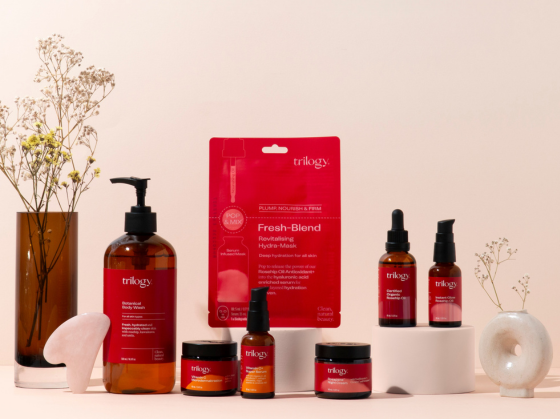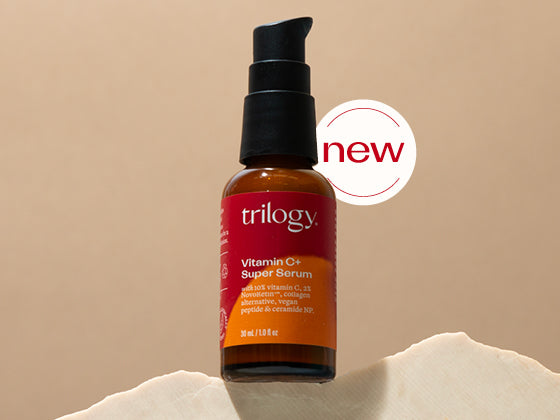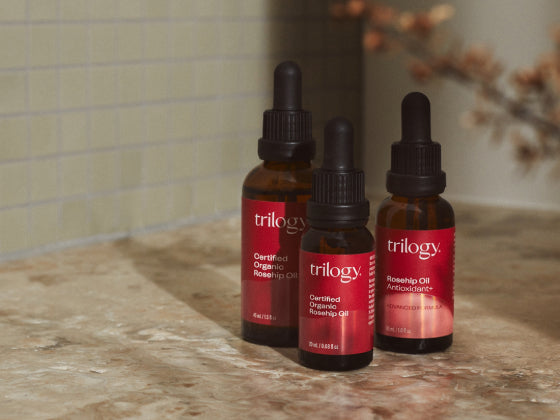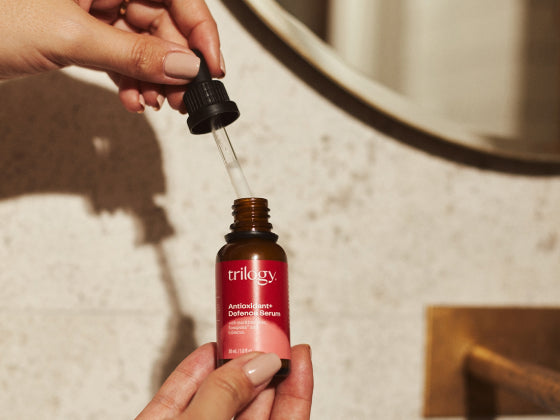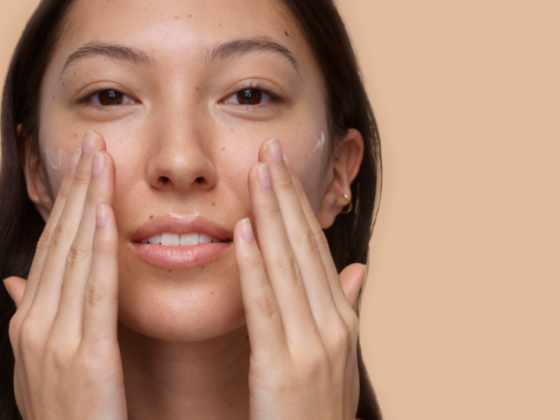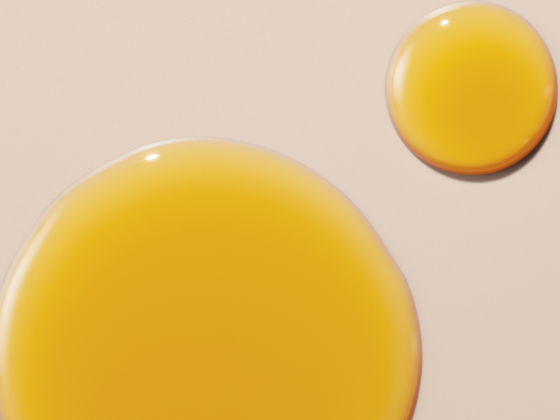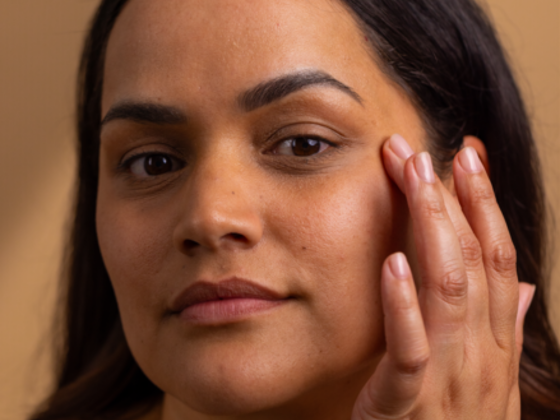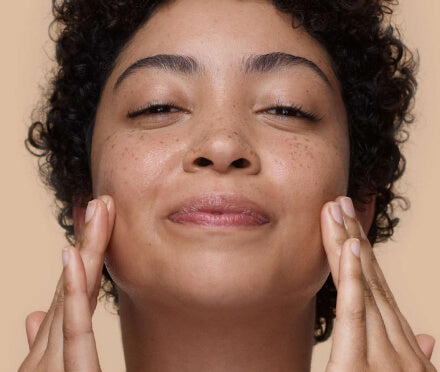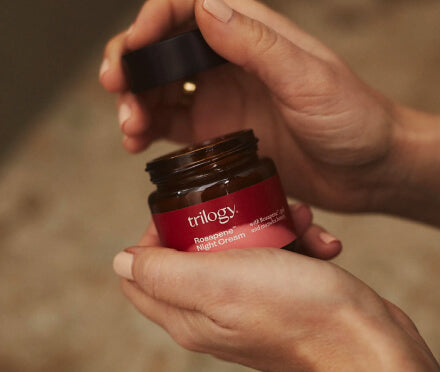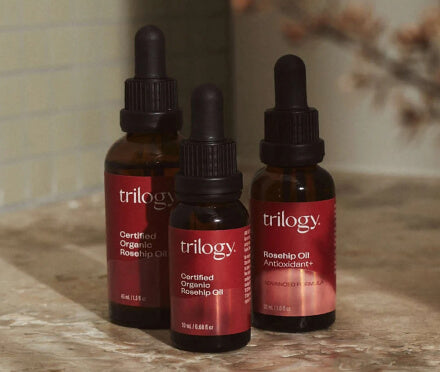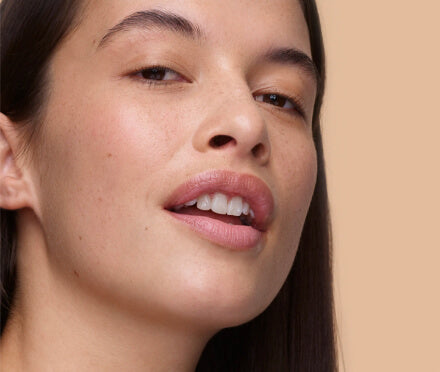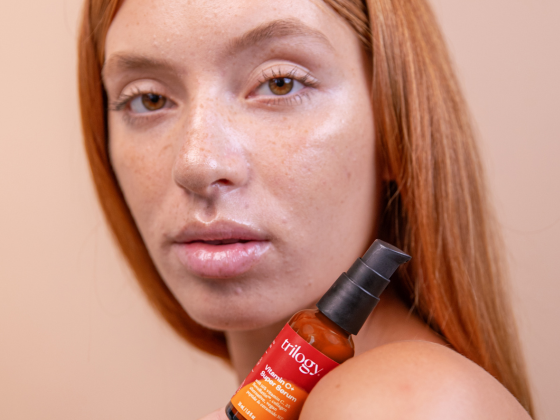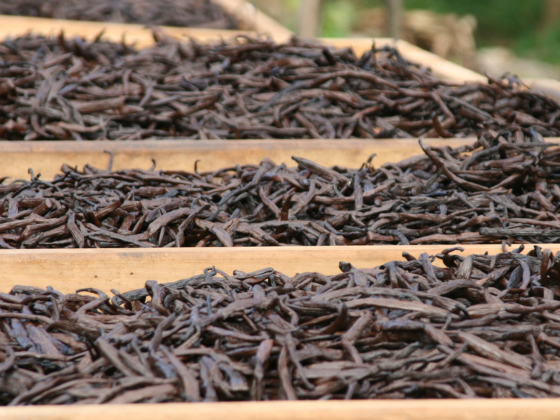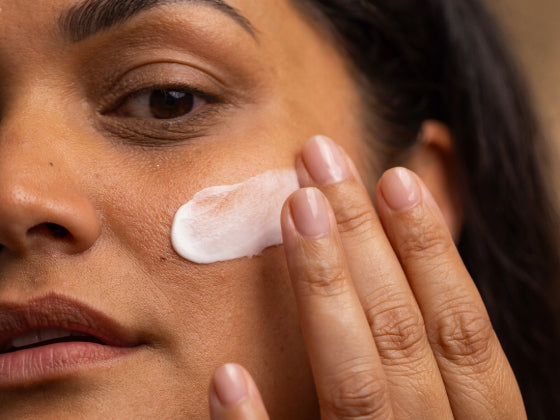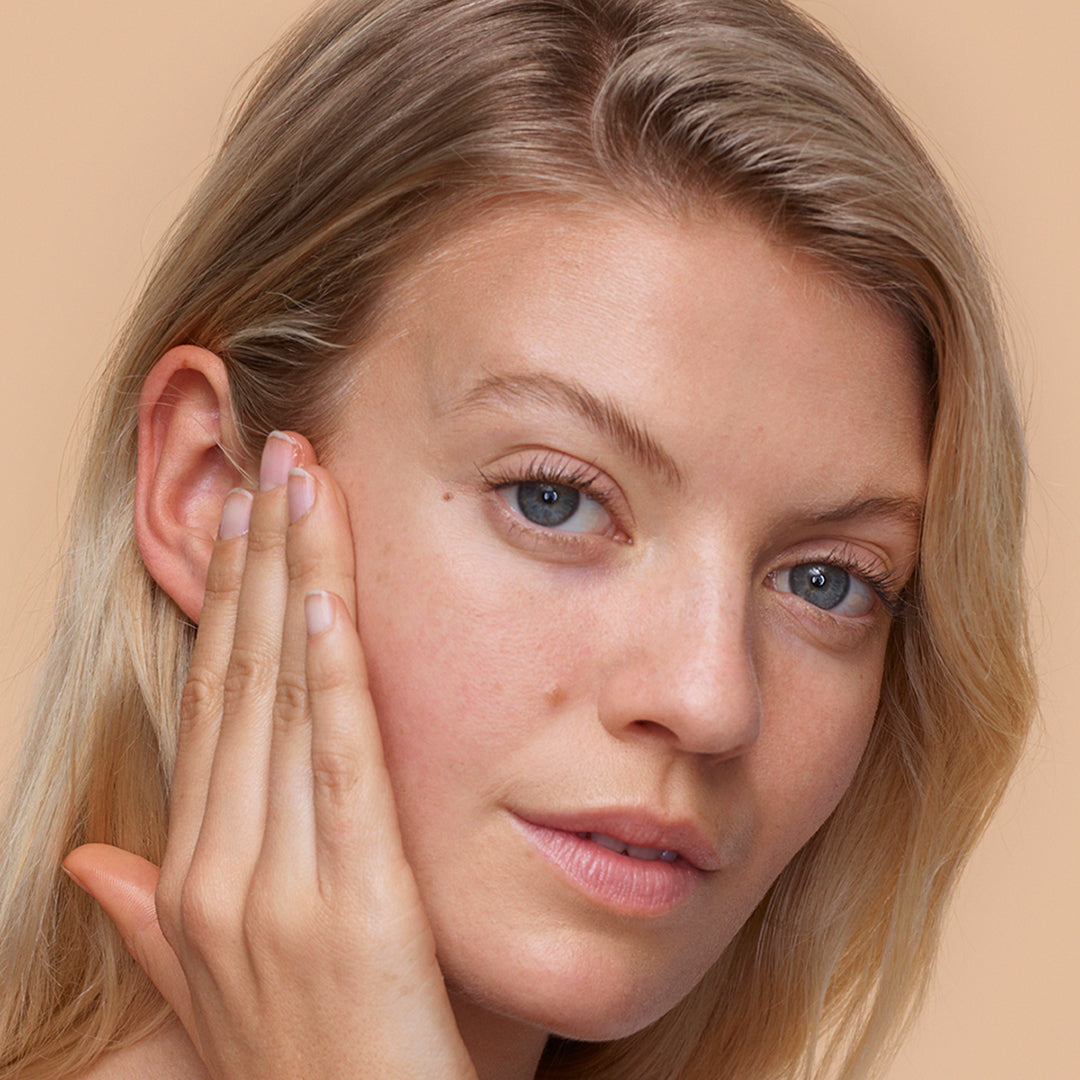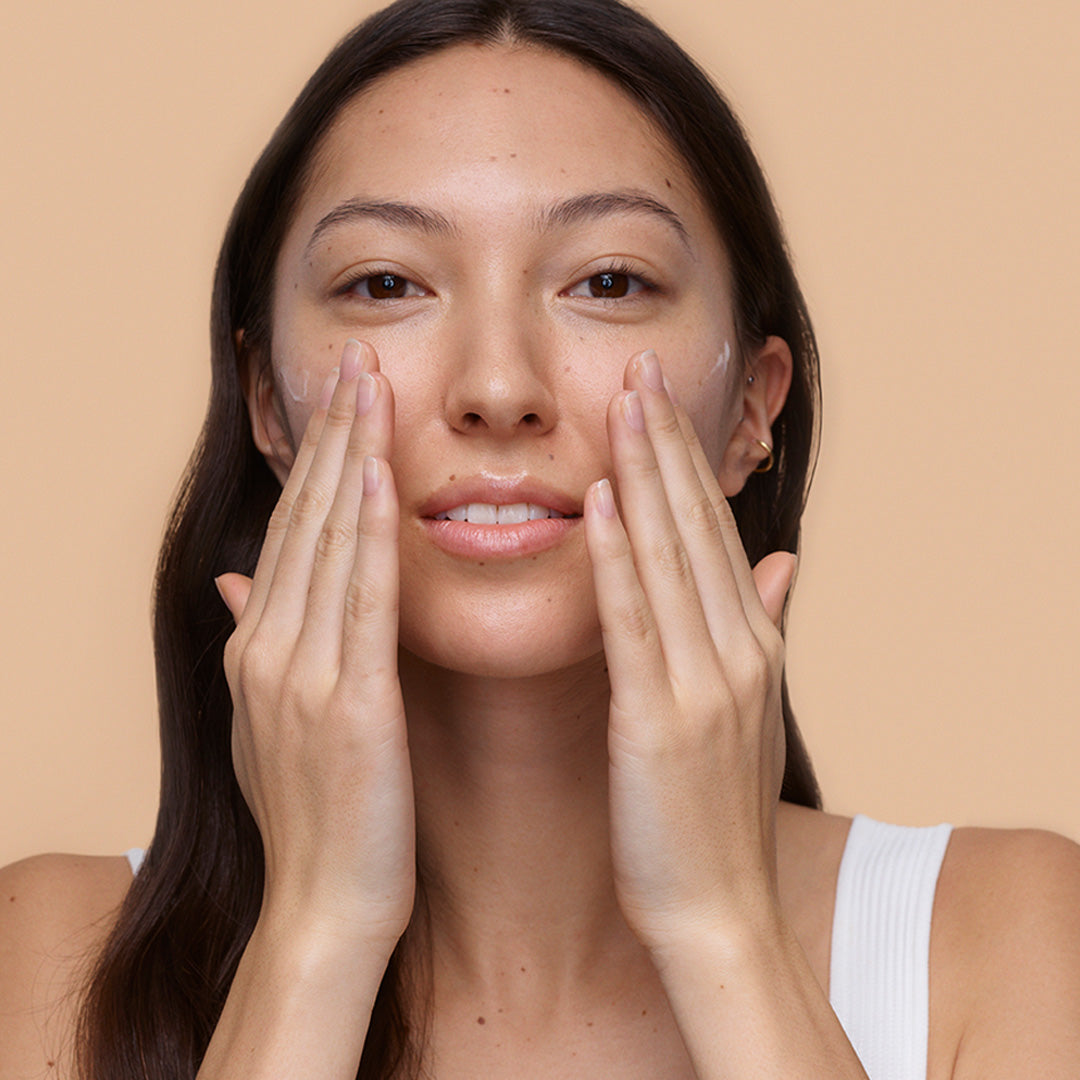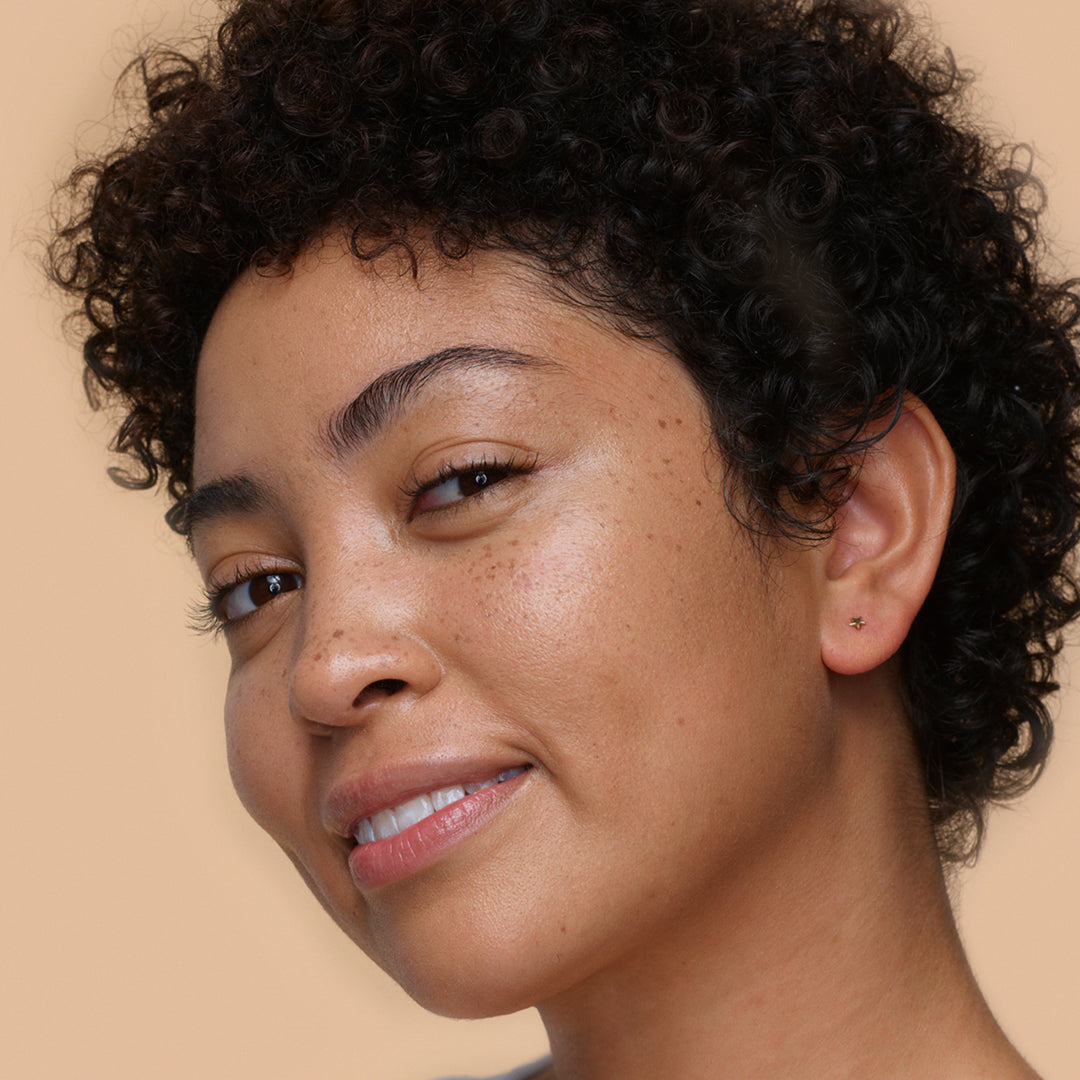In the world of exfoliation, we’ve come a long way since the days of chunky, fruity, sand-like scrubs. In fact, the advancement of chemical exfoliators has meant exfoliation has changed from a once-a-week undertaking to something we can do near-daily, yielding much more pleasant results – plus, it doesn’t put us at risk of damaging our skin. Yikes.
AHAs are the focus of the day. Not only do they gently dissolve the top, dead layer of skin, but they work hard for all skin profiles – managing acne and hyperpigmentation, encouraging collagen production, and working to prevent the appearance of fine lines. They’re one of those magical steps in the skincare routine that work instantly and long-term.
Let’s get into it.
What is it?
This is where it gets into the science so if you’re more into the ‘does it work’ and less into the ‘how it works’ jump down to the benefits section below!
AHA stands for alpha hydroxy acid and. AHAs are a group of acids and include things like tartaric acid, citric acid, glycolic acid, and lactic acid. They’re used in skincare as chemical exfoliators meaning they dissolve the top layer of dead skin cells (compared to a physical exfoliator which physically removes them) and that then reveals the younger skin underneath.
Main benefits
Honestly, where do we start. The benefits of AHAs are many. They’re used for anti-ageing, breakouts, colour correcting, and as a helping hand to the other products you’re using in your skincare routine.

1. As an exfoliator
We touched on this above but chemical exfoliation is the main use of AHAs. The top layer of our skin is made up of our oldest, most tired cells. The top layer of our skin renews every two weeks but things like ageing and sun damage can slow this process down. When we remove that top layer, we reveal fresher skin.
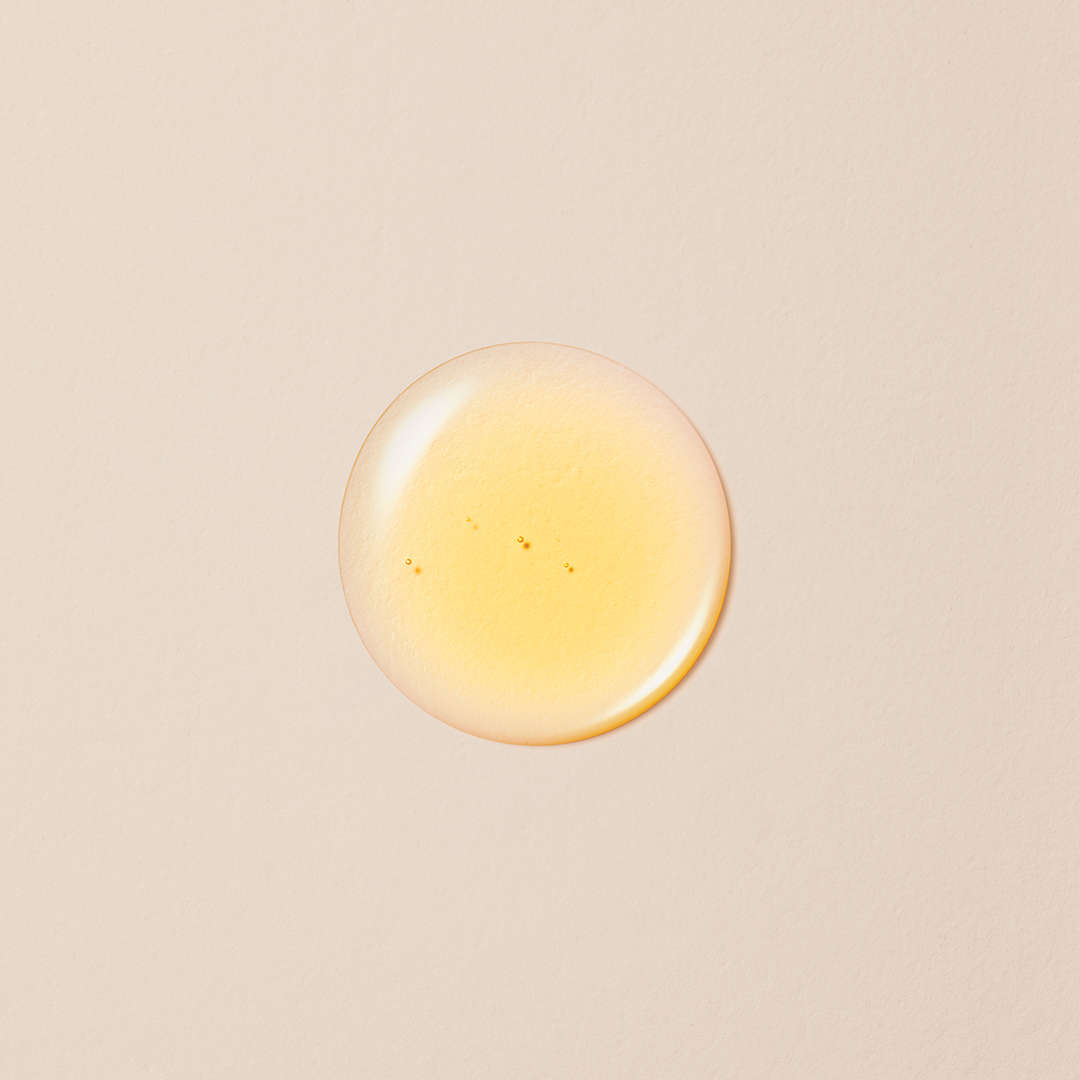
2. To promote collagen production
Some AHAs are very gentle (like ours) and can be used daily. Some are a lot more powerful and should be used rarely. The powerful ones encourage more dramatic cell turnover and almost ‘shock’ the skin, so it produces more collagen to support this process.
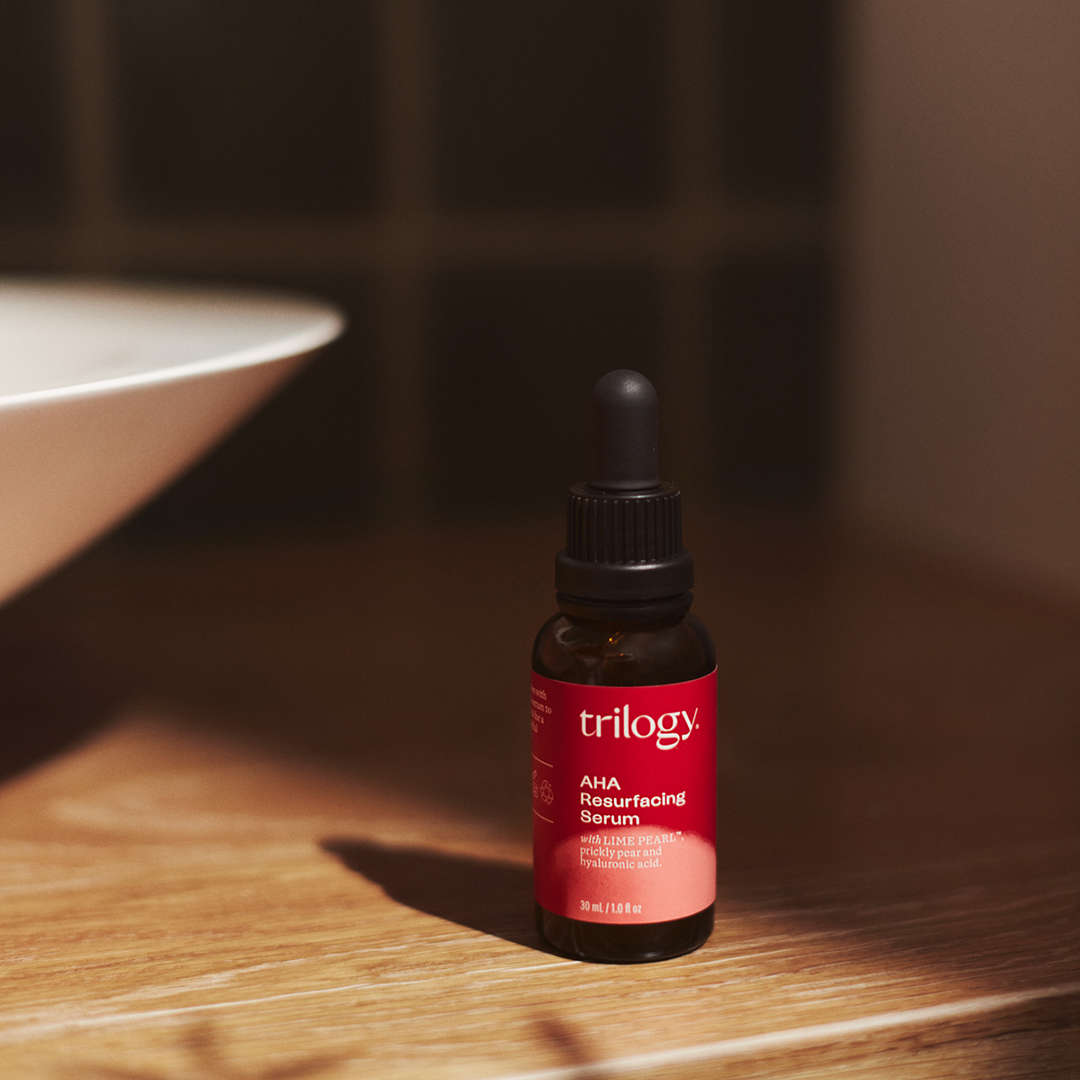
3. To prevent breakouts
AHAs can help unclog pores by swiping away all those dead skin cells, excess oil, and bacteria. A gentler product is more effective for those who experience breakouts as consistency is key.

4. Work in tandem with your other products
Because you’re revealing fresh, young skin when you use an AHA, your moisturisers and serums can better penetrate your skin instead of merely sitting on top of dead skin cells.
AHA vs other acids
Some other common acids that we talk about a lot in skincare include hyaluronic acid (for hydrating), citric acid (AKA vitamin C for brightening), and BHAs (beta hydroxy acids). BHA and AHA are close cousins and while the Venn diagram of the two is nearly a circle, they do have some differences.
Both are exfoliators, both support inflammation, and both help to clear pores. But AHAs are better suited to dry skin and skin with visible signs of sun damage while BHAs are helpful for those with acne-prone skin because they cut through oil and fight bacteria, those with sensitive skin because of its soothing properties.
How to use it and when
It would be great if there was one answer to this, but the truth is: it depends. AHAs come in different strengths, and we all have different skin types and concerns.
If you have one that recommends seldom use – say, once a week – then start with that. If you have one that’s recommended for daily use, it’s still a good idea to test your skin’s reaction to it by starting with once every three days either AM or PM. If, after a week or so you find that you’re not reacting negatively to it (e.g., breakouts or dryness) then you can start to use it more often.
It's also important to know when in your routine to use it. We have a handy guide on how to layer your skincare but exfoliation will always come after cleansing. It’s especially important you don’t use it after anything else because it will just remove those products from the skin.
Our AHA Resurfacing Serum is designed for daily use (but we still recommend starting slowly if you have sensitive skin) and in addition to the AHA Lime Pearl, it’s supported by hyaluronic acid and aloe vera for hydration. Delightful.
What are its friends and what are its foes?
Not all serums and actives can be combined. While skincare generally has loose rules that revolve around listening to your own skin, there are some strong guidelines (like not using retinol during the day) that we recommend following.
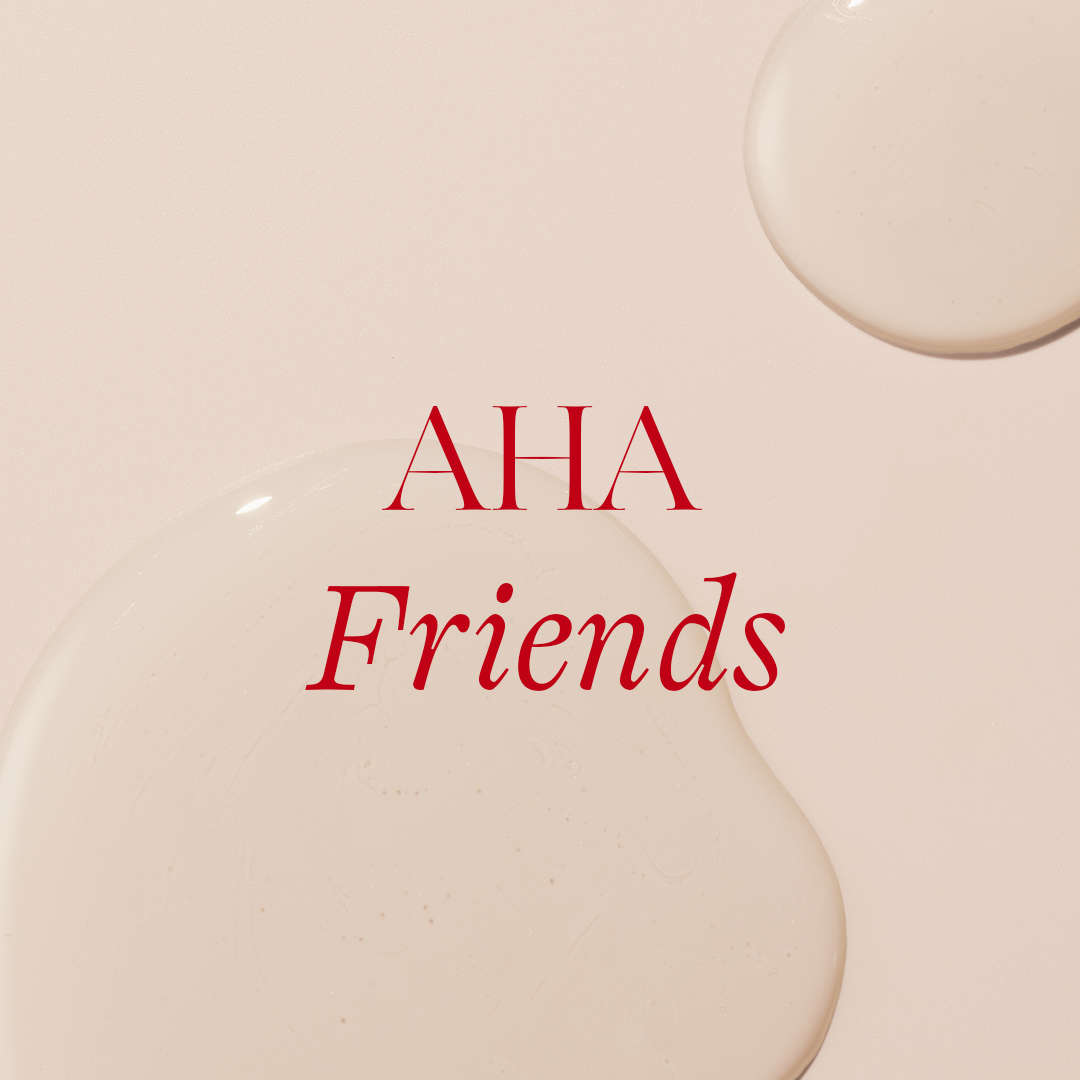
AHA Friends
BHAs: These two are really comfortable bedfellows so it’s fine to combine them, just keep an eye on your skin’s sensitivity.
Rosehip Oil: Because AHAs slough away dead skin and reveal fresh young skin, your favourite rosehip oil will be better absorbed after a swipe of AHA across your face.
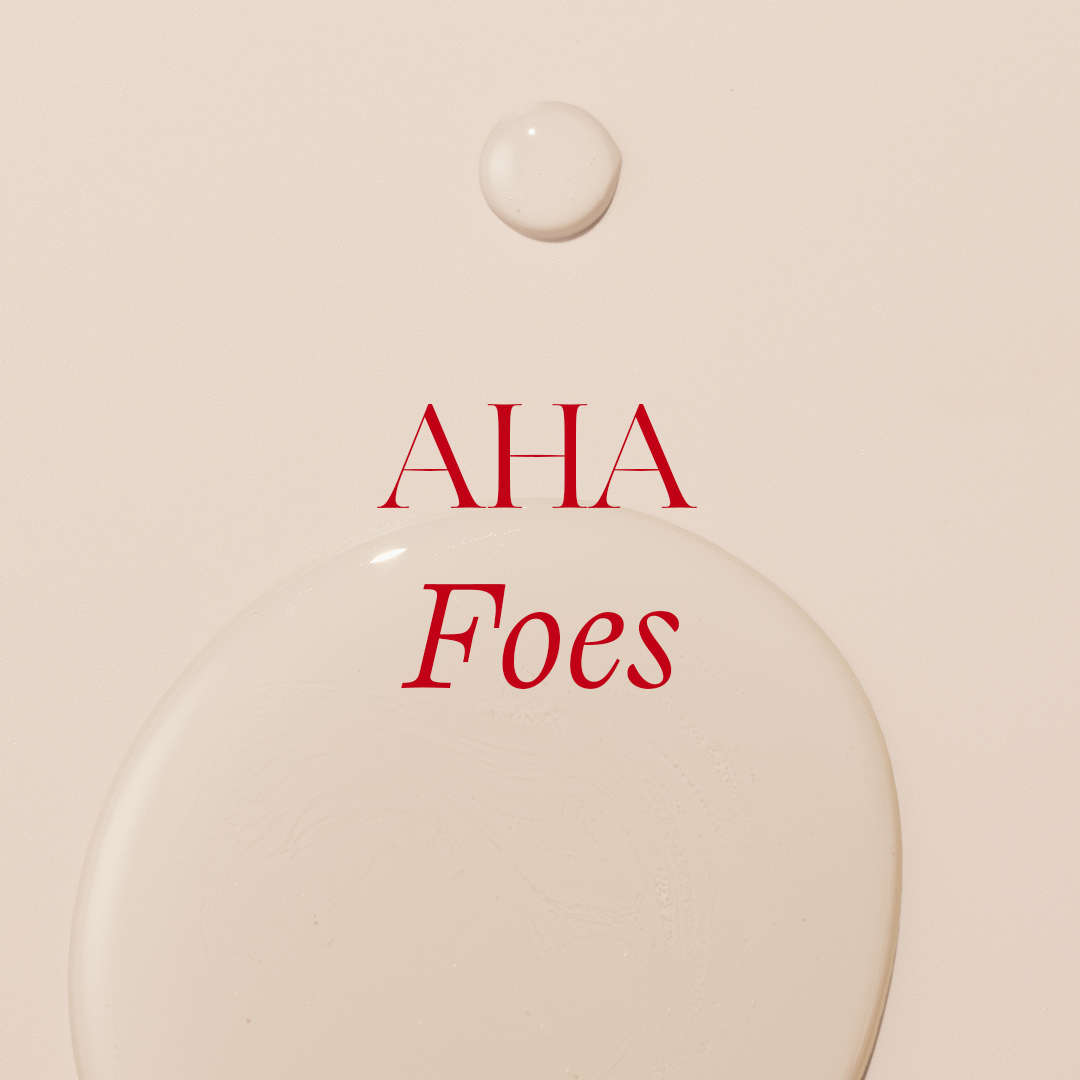
AHA Foes
Vitamin C: Vitamin C is notoriously unstable (which is why our booster treatment is activated by you instead of us) so if mixed with another acid like AHA it’s almost useless. Try use one in the morning and one in the evening instead.
Retinol: While not the end of the world if used at the same time, if it’s an absolute must, you should leave at least 30 mins between acid and retinol. A better alternative is to use retinol in the evening and your acid in the morning. OR, better yet, choose bakuchiol instead: it’s a natural, side-effect free alternative.
 Skip to content
Skip to content
